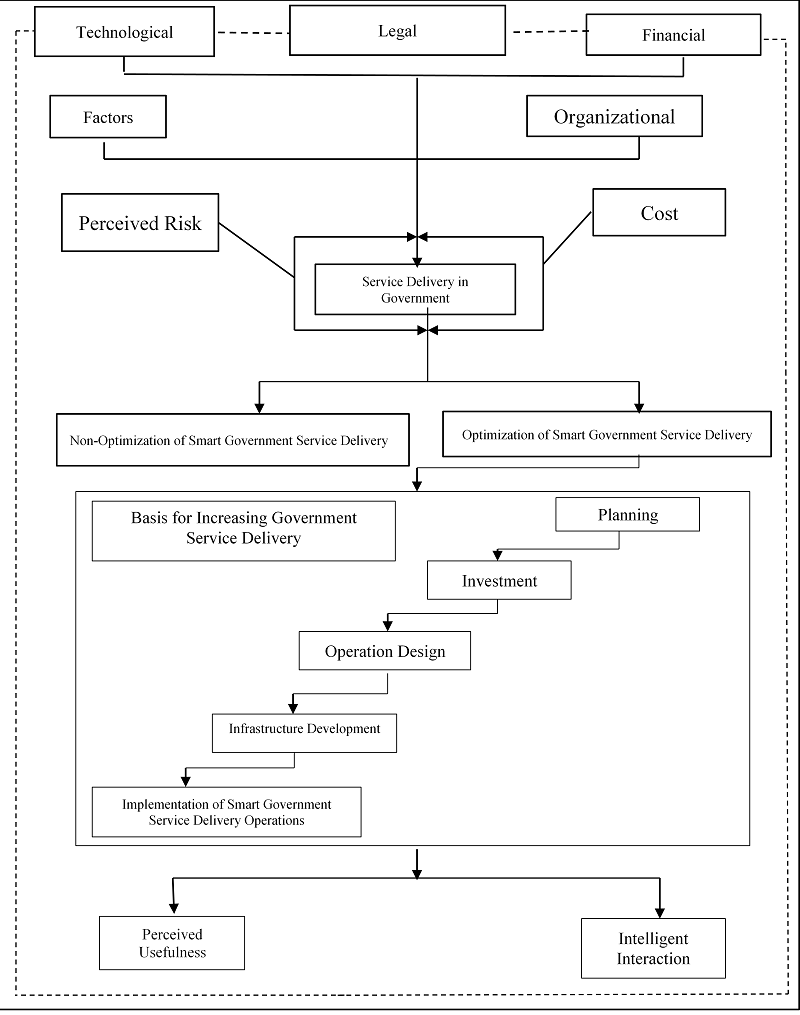Designing a Model for Service Delivery Processes in a Smart Government (Case of Iran)
Keywords:
smart government, electronic government, smart government modelAbstract
Due to the novelty of the concept of Smart Government as the new generation of e-government, a comprehensive model for organizations to deliver services to users has not yet been presented. The aim of this research is to design a model for service delivery processes in a Smart Government. The research approach is qualitative. In this study, interviews were conducted with managers, academic experts, and specialists in the fields of e-government and Smart Government to identify the factors influencing Smart Government. After analyzing the data obtained from the interviews, approximately 102 codes were extracted. Based on the similarity and conceptual congruence of these codes, they were categorized into concepts, and in a broader stage, into 37 sub-themes, and finally, into 17 main themes. The 17 main themes identified for designing the Smart Government model are categorized into the following sections: Outcomes (smart interaction, access to smart services, increased smart informational stability, perceived usefulness), Contextual Factors (financial, legal, technological, and institutional factors), Causal Factors (organizational factors, extra-organizational factors), Intervening Factors (cost, social influence, public evaluation of the government, perceived risk), and Strategy (needs assessment, decision-making, and knowledge management).












